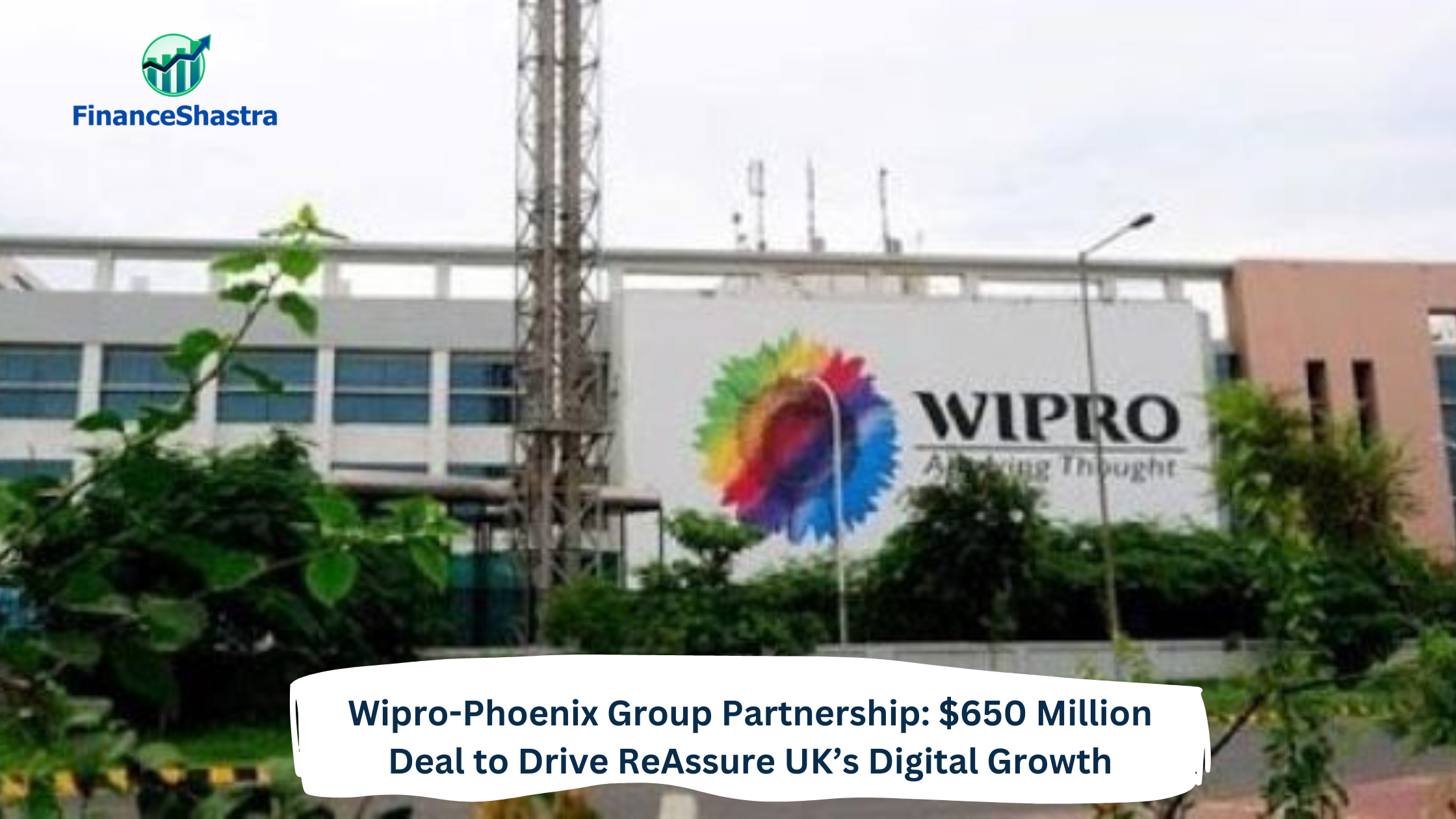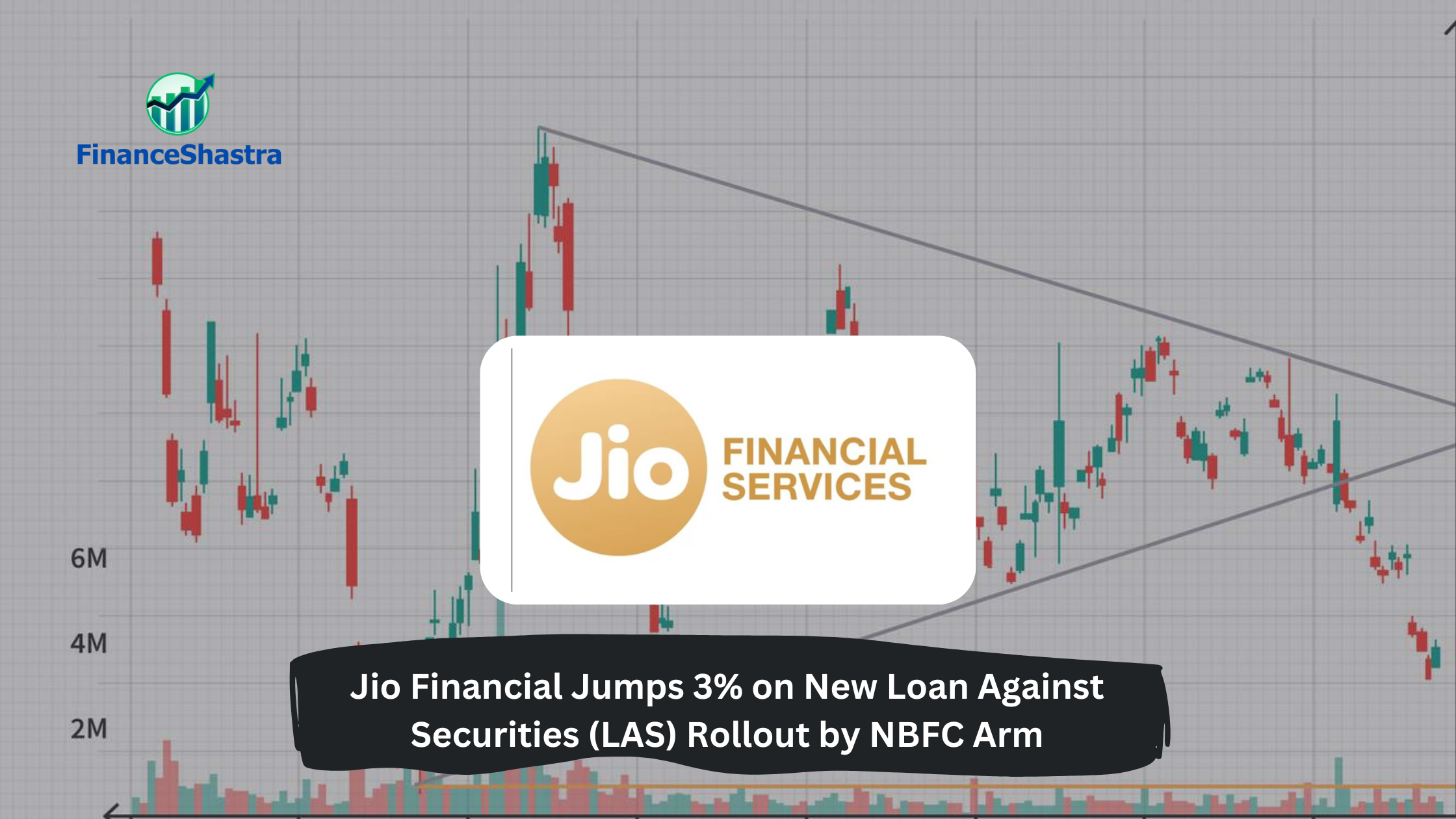Anand Rathi Wealth Q4 Results: PAT Rises 30% YoY to ₹74 Cr, AUM Grows 30%
Business and Industry Overview:
Anand Rathi Wealth Limited (ARWL) is a financial services company that helps wealthy individuals grow and manage their money. It is listed in the NSE 500 and has been in the wealth management business since 2002. The company focuses on creating, protecting, and smoothly transferring wealth. It follows a structured, data-backed, and transparent investment approach. ARWL provides wealth creation, risk management, tax planning, and estate planning services. It stands out for its clear and objective financial strategies. The company uses data analytics to make informed decisions and ensures transparency and integrity in all dealings. India’s wealth management industry is growing fast. It is expected to grow 12-15% every year for the next five years. Earlier, people invested mostly in gold and real estate, but now they prefer financial investments. With a strong economy, better digital access, and growing awareness, India’s wealth management industry will expand even more in the future.
Anand Rathi Wealth Limited holds the largest market share of 40% in its segment. Feroze has created 3,701 financial products, out of which 1,584 have matured with an average return of 14.9% (IRR). About 94% of these matured products have successfully delivered the expected returns.
Latest Stock News:
As of April 11, 2025, Anand Rathi Wealth Ltd’s stock closed at ₹1,768.75. This was a fall of 1.47% from the last close of ₹1,795.15. In the last week, the stock went down by 2.1%. In the past year, the stock fell by 11.8%. This shows a short-term weak trend, even though the company showed strong results.
In the fourth quarter of FY25, the company’s profit after tax (PAT) increased by 30% year-on-year. It became ₹74 crore, up from ₹57 crore in the same quarter last year. The total income also rose by 22%. It became ₹241.39 crore from ₹197.19 crore. The company gave a final dividend of ₹7 per share for the financial year ending March 31, 2025.
For the full year FY25, the company reported strong growth. Its total profit went up by 33% to ₹301 crore. Its total revenue increased by 30%, reaching ₹981 crore, up from ₹752 crore in FY24. The revenue from mutual fund distribution rose by 52% to ₹406 crore. Net inflows also increased by 76% and reached ₹12,617 crore. This shows the company got more money from investors. The company’s Assets Under Management (AUM) went up by 30%. It became ₹77,103 crore by March 2025. This was much better than the Nifty index, which grew only 5% in the same time. It has 1,821 new clients in FY25. It kept the client attrition rate low at 0.52%. This means very few clients left the company. The share of equity mutual funds in total AUM rose to 53% in March 2025. Last year, it was 51%. The return on equity (ROE) was strong at 44.6%, which shows the company used its money well. The company also announced that Feroze Azeez was promoted. He moved from Deputy CEO to Joint CEO. This shows that the company is focusing on strong leadership. Even though the stock price went down, the company’s performance and future outlook look strong.
Business Segments:
1. Private Wealth Management (PWM)
This is their core business. It focuses on wealthy clients like high-net-worth individuals (HNIs) and ultra-high-net-worth individuals (UHNIs). The company helps these clients with investment advice, managing portfolios, tax planning, and estate planning. They get personal solutions that fit their needs. The company uses expert advice and research to make sure clients make the best investment decisions.
2. Digital Wealth (DW)
This segment is for people who want to invest between ₹10 lakh and ₹50 lakh. It offers digital tools to help clients manage their wealth. Clients can track their investments, make decisions, and invest in products like mutual funds, bonds, and insurance. This service makes it easier for people to invest using technology while still getting professional advice.
3. Omni Financial Advisors (OFA)
This segment works with independent financial advisors (IFAs). Anand Rathi Wealth gives these advisors tools to manage their clients better. This helps the company to expand its customer base. It also allows the company to offer financial advice to more people, even in areas where they don’t have a direct presence.
Subsidiary information:
1. AR Digital Wealth Private Limited: This subsidiary is mainly about selling financial products through digital platforms. Anand Rathi Wealth owns 75.51% of AR Digital Wealth. The company uses this subsidiary to offer services online, helping clients who prefer digital tools to manage their wealth. AR Digital Wealth allows clients to track their investments and get advice online. This helps Anand Rathi Wealth serve more people, especially those who want to manage their finances easily using technology.
2. Freedom Wealth Solutions Private Limited: Anand Rathi Wealth owns 95% of Freedom Wealth Solutions. This subsidiary advises on financial planning, investment planning, retirement planning, property management, will writing, and property valuation. It helps clients, especially wealthy individuals, plan their finances and manage their wealth. This subsidiary focuses on giving personalized advice to help clients reach their financial goals. It helps Anand Rathi Wealth serve high-net-worth individuals and ultra-high-net-worth individuals by offering tailored financial solutions.
3. Freedom Intermediary Infrastructure Private Limited: This is a fully owned subsidiary. It provides a technology platform for mutual fund distributors and independent financial advisors (IFAs). The platform helps advisors manage their clients’ investments and offer services like portfolio management. Freedom Intermediary Infrastructure makes it easier for financial advisors to serve their clients well. It helps Anand Rathi Wealth reach more clients by supporting independent advisors who can offer the company’s wealth management services.
Q4 FY25 Highlights
- The company’s PAT surged by 30% year-on-year to ₹74 crore in Q4 FY25, up from ₹57 crore in Q4 FY24.
- Revenue for Q4 FY25 grew by 22%, reaching ₹241.39 crore, compared to ₹197.19 crore in Q4 FY24.
- PBT increased by 26%, reaching ₹99.5 crore in Q4 FY25.
- Assets Under Management (AUM) grew by 30%, reaching ₹77,103 crore, significantly outperforming the Nifty’s 5% gain.
- Mutual fund distribution revenue increased by 52% year-on-year to ₹406 crore.
- Anand Rathi Wealth achieved an excellent RoE of 44.6%, reflecting efficient capital use.
Financial Summary:
| Amount in ₹ Crore | Q4 FY24 | Q4 FY25 | FY23 | FY24 |
| Revenue | 184.00 | 222.00 | 752 | 939 |
| Expenses | 111.00 | 131 | 421 | 539 |
| EBITDA | 73 | 91 | 331.00 | 400.00 |
| OPM | 40% | 41% | 44% | 43% |
| Other Income | 13 | 19 | 0 | 42 |
| Net Profit | 57.00 | 74.00 | 226 | 301 |
| NPM | 30.98 | 33.33 | 30.05 | 32.06 |
| EPS | 1.62 | 8.85 | 26.88 | 36.12 |










